Livingscape Nursery’s New Owners Have Houseplant Tips for You
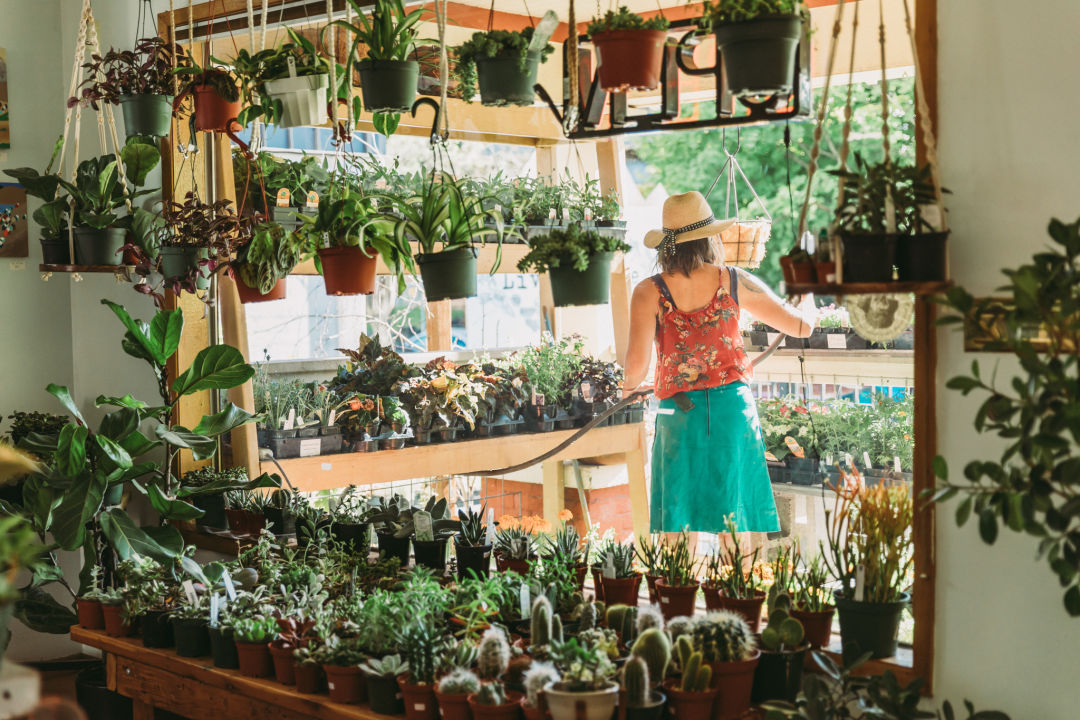
The interior at Livingscape
Before Tim O’Neal, a rural Missouri native, moved to Portland, he wasn’t that into plants. But when he made the big move with his wife, Shawna, in 2007 and had his first taste of this region’s glorious coastal forests, it felt “like a fairy tale.” Then they discovered a neighborhood nursery, North Portland’s Livingscape, where they loaded up on supplies, native plants, and advice to start a garden at their own home just a short walk away, and their fate as bona fide plant people was sealed.
That was more than 10 years ago. Now, the O’Neals—including their 8-year-old daughter, Bell, who helps out around the store—are running things at Livingscape, following a rather anxious decision made last year at the height of the pandemic.
“In a way [it was] scary because so much was uncertain, and it’s a big thing for us, you know,” Tim says of the decision to take on the business. “I was working at another nursery at the time, and [I was just] watching how people were still, in a lot of cases even more so, into plants and spending more time at home.” He recalls the disappointment the community felt when Livingscape’s owners announced they would be leaving their Boise neighborhood space. “It would have been a shame for us, too, to see this place go out of business, because there just aren’t very many places like it.”
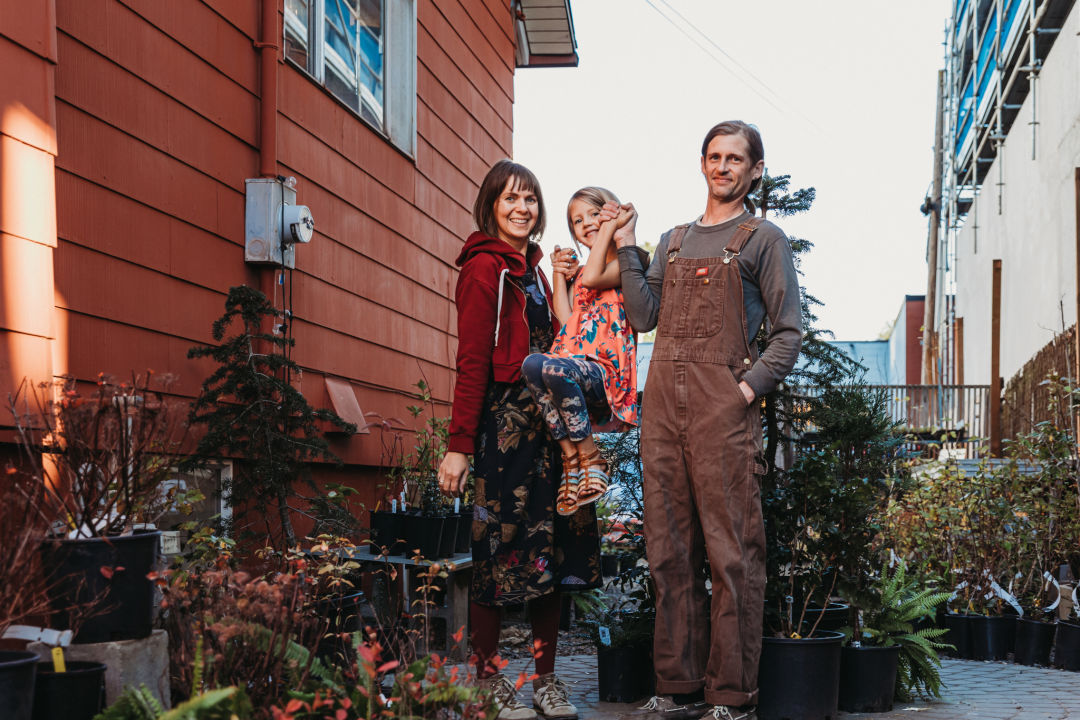
Shawna, Bell, and Tim O'Neal of Livingscape
So in October 2020 they officially took over the shop, keeping the previous owners’ emphasis on native and edible plants, garden supplies, chickens, and feed. But they also added some new things: books, teas, and tinctures, all with a focus on local BIPOC businesses, artisans, and creators. The O’Neals also hope their nursery will become an educational resource, with workshops and classes for burgeoning green thumbs. Their largest endeavor? Houseplants, something they noticed customers were drawn to during the pandemic.
“My hope is that [this interest is] oriented around patience, because gardening, houseplants, all of it from top to bottom is just an exercise in patience,” says Tim. “So now is an opportunity to be patient with something and take care of something that may not give you that immediate gratification but kind of develop a relationship with over time.”
“I think plants are healing,” adds Shawna. “They’re living beings.... It’s a give and take with plants.”
Houseplant Help
We asked Shawna and Tim O’Neal to highlight a few houseplants to add to your abode this fall. Here’s what they recommend.
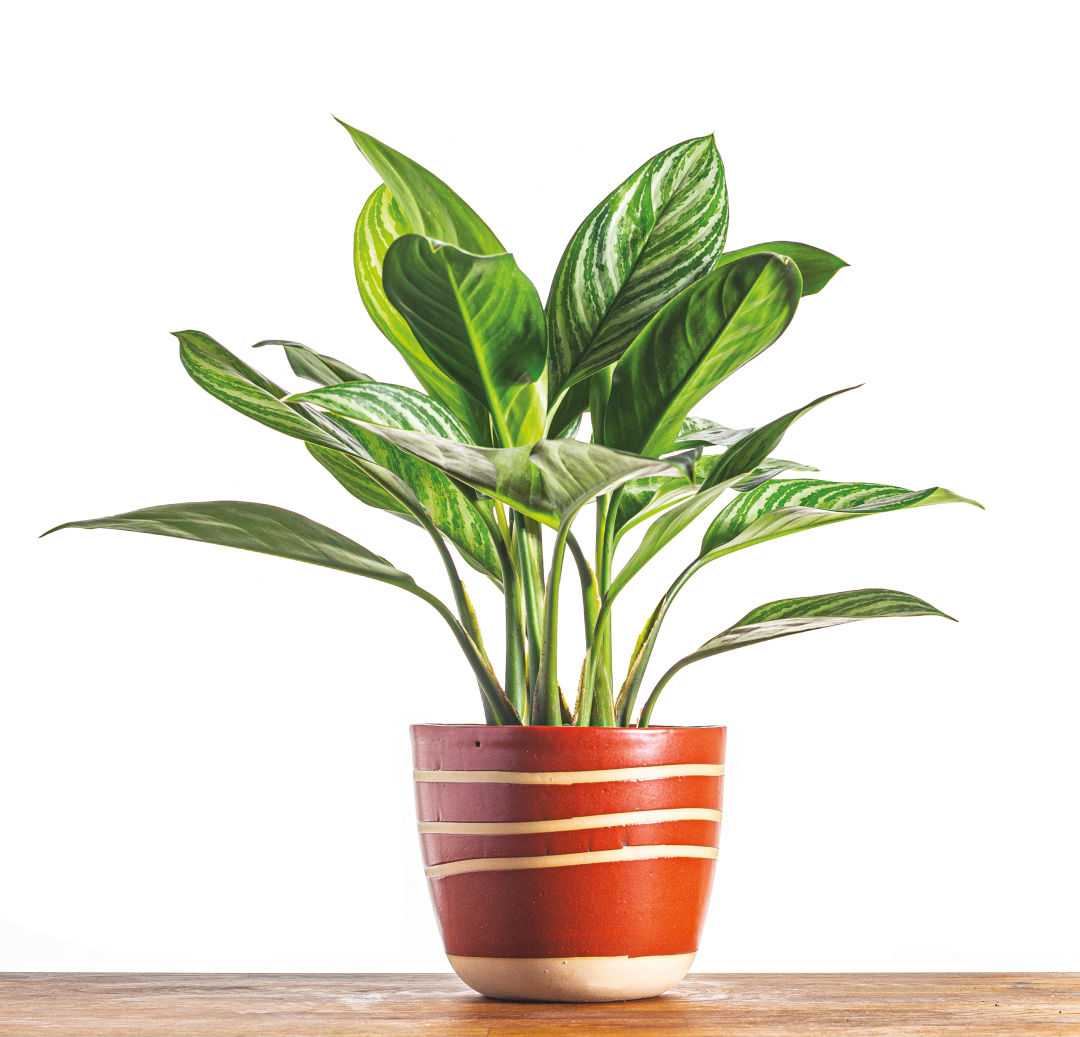
Aglaonemas (potted in a Ruby Farms pot) are easy-to-manage tropical plants that can tolerate low-light environments.
Image: Michael Novak
AGLAONEMA
Easy-to-manage tropical plants, members of the Aglaonema genus have splashy leaf patterns that give these stunners color and charm. They can tolerate low light, can go dry in between watering without issues, and don’t get too big—most top out around three to four feet. They’re also good for folks who are experimenting with propagating, as they grow in easily dividable clumps.
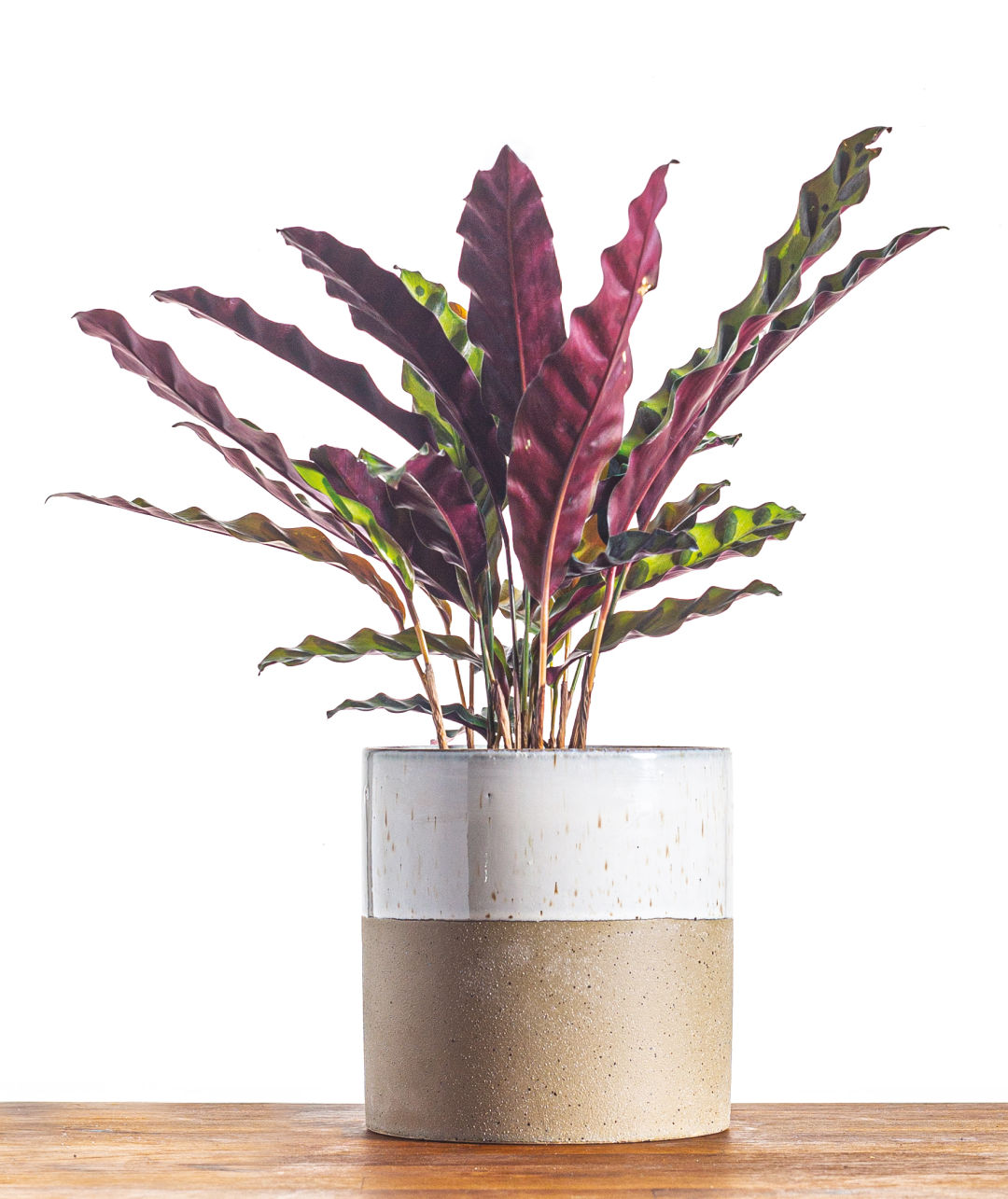
Calatheas are beautifully unique plants. But buyer beware: these plants are a bit difficult to manage, and prefer bright, indirect light.
Image: Michael Novak
CALATHEA
Many are drawn to the unique leaf patterns and varied textures on calatheas. But Tim warns: “If this is your first plant, [it’s] probably not a good place to start.” Calatheas prefer bright, indirect light (i.e., near a window but out of direct sunlight) and regular watering. Pro tip: set your calathea on a pebble tray filled with water. This will create a nice, humid environment to keep these plants happy.
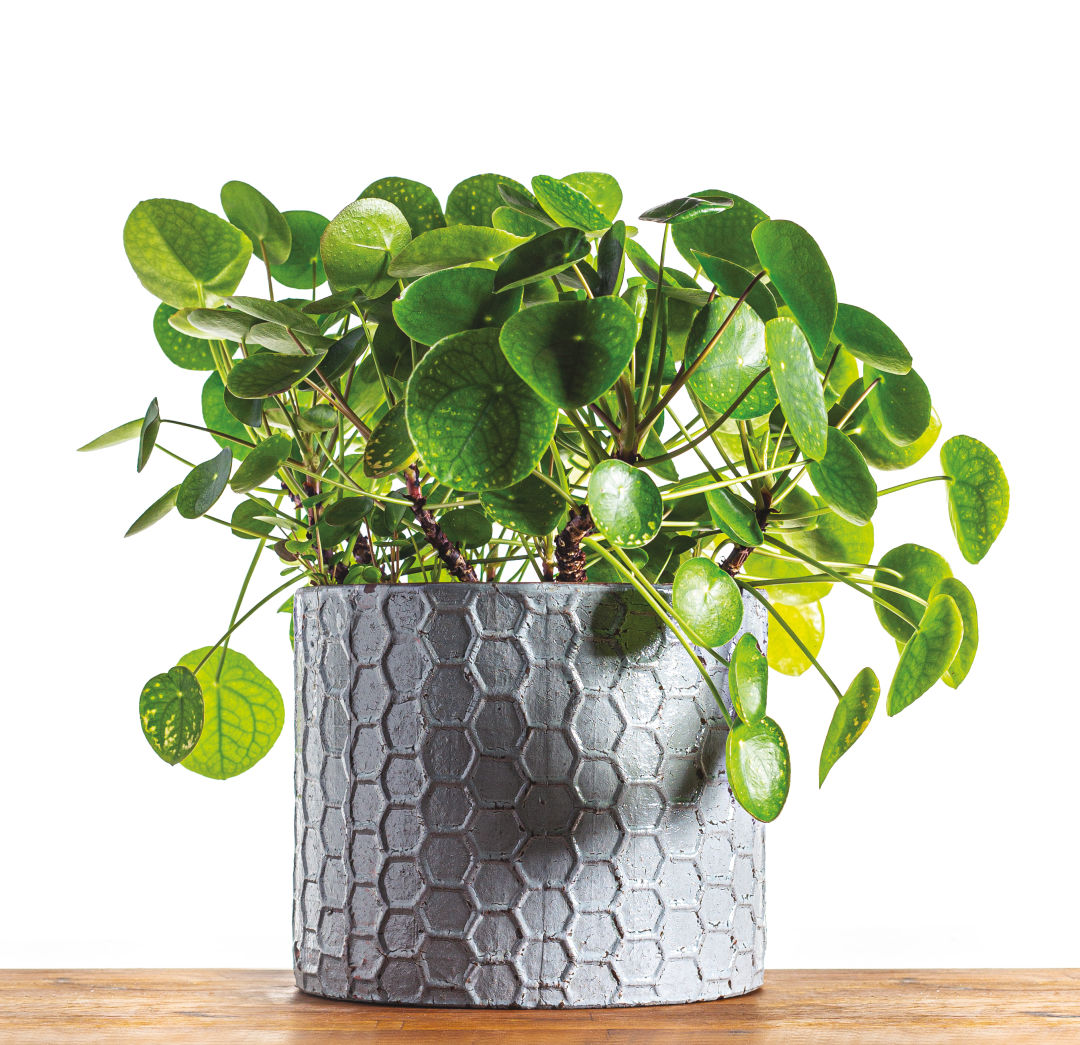
Peperomias are perfect for smaller spaces and medium-light apartments.
Image: Michael Novak
PEPEROMIA
Peperomias are perfect for smaller spaces and medium-light apartments, as this rubber-leafed family can tolerate a range of light—though they grow mostly in medium to bright indirect light. If it’s hard to keep a steady watering schedule, fret not: peperomias prefer you let them dry out in between watering.
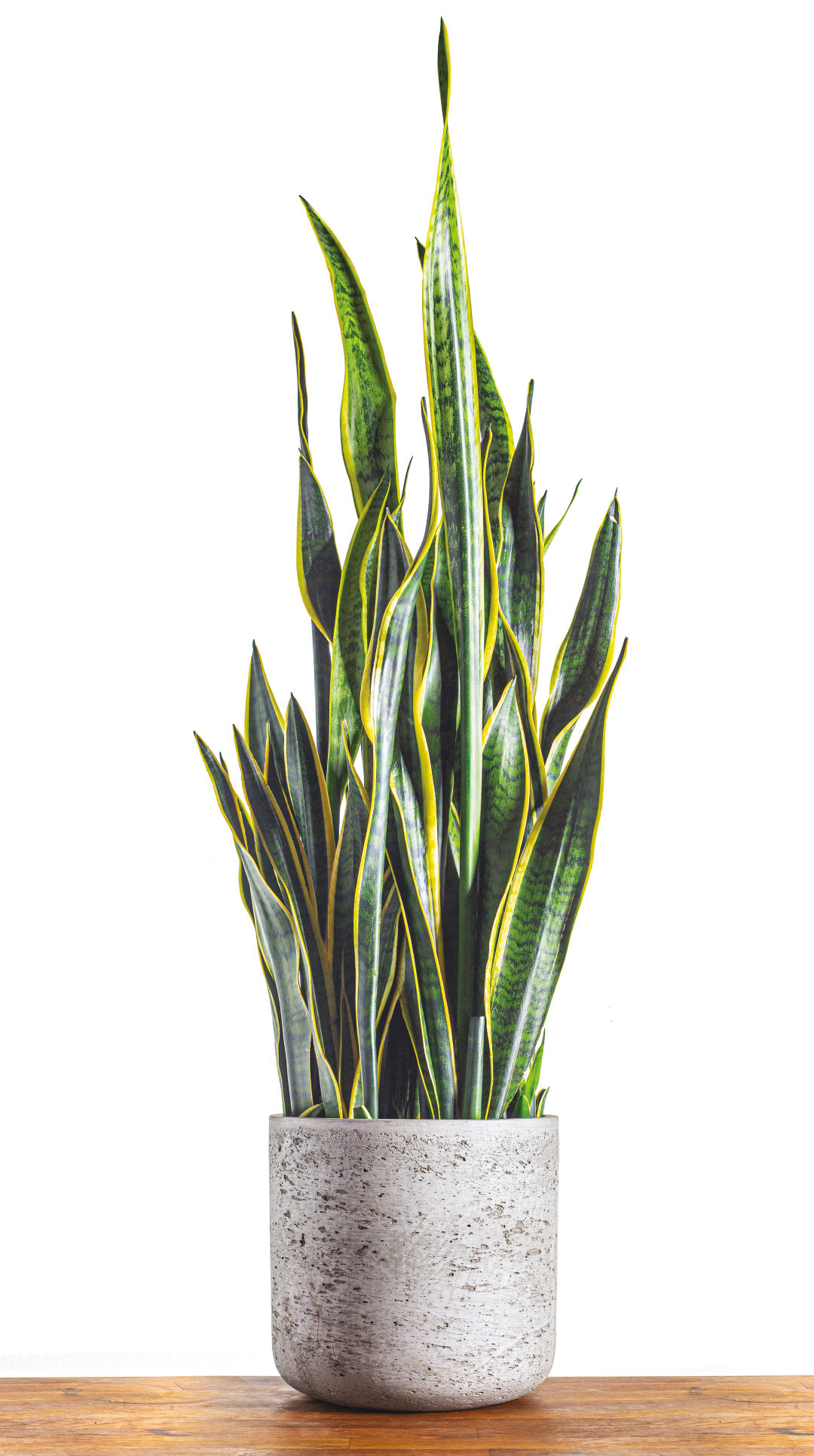
No-fuss sansevierias are great year-round houseplants.
Image: Michael Novak
SANSEVIERIA
Sansevierias—or snake plants—are easy to handle all year round, but particularly during fall and winter. They don’t need much water and can tolerate low light. “These are great plants that really are pretty no-fuss—and they’re still beautiful,” Shawna says. “They can take up a decent amount of room and they can grow pretty fast.”




